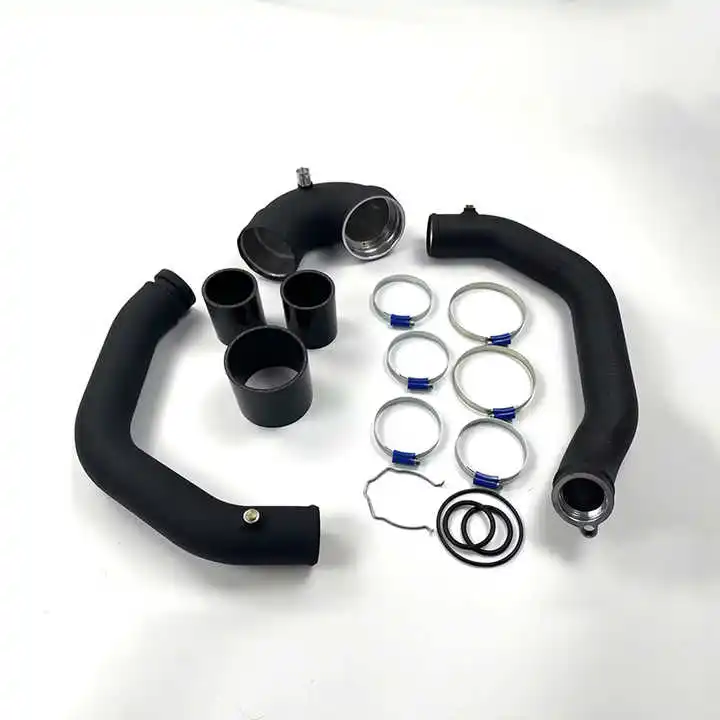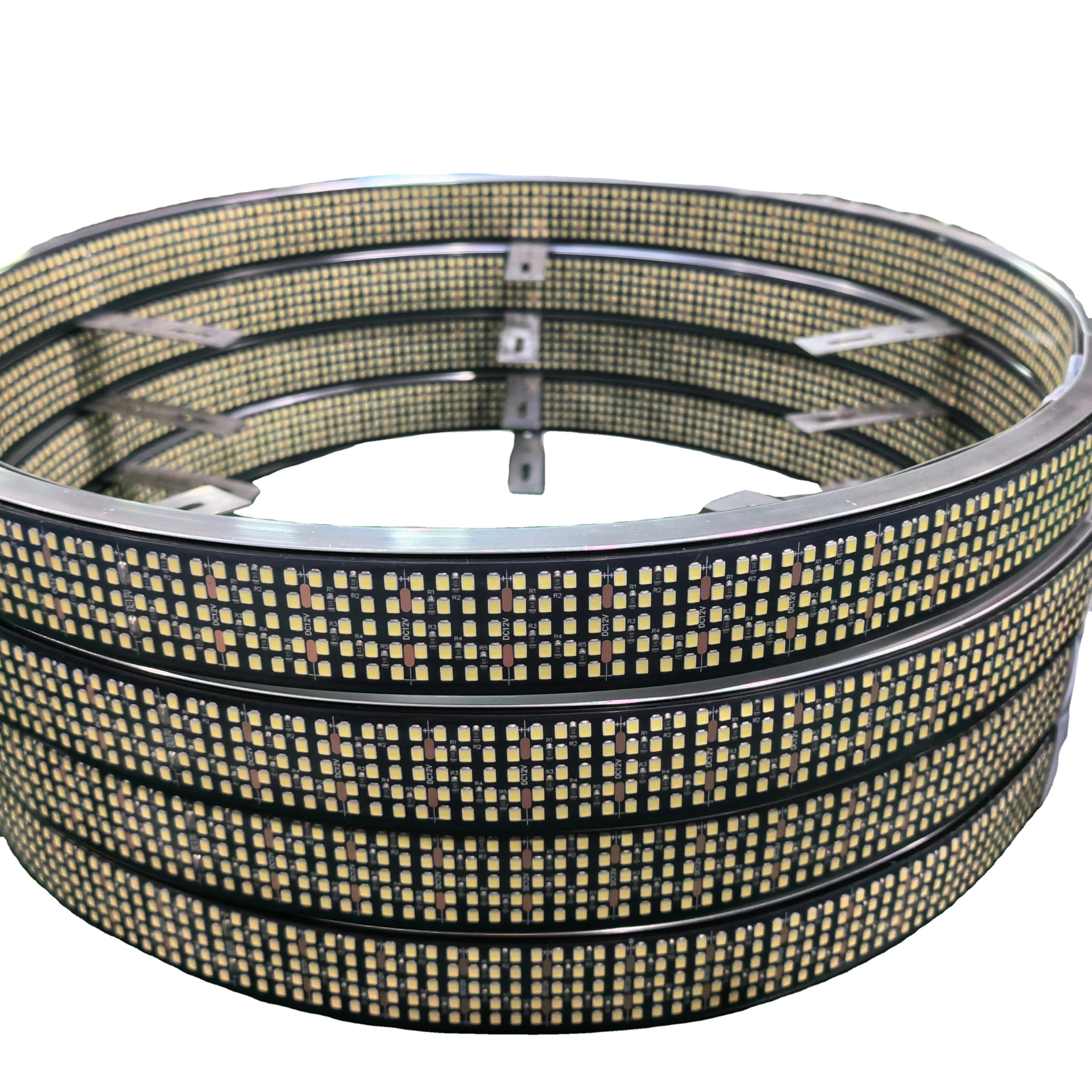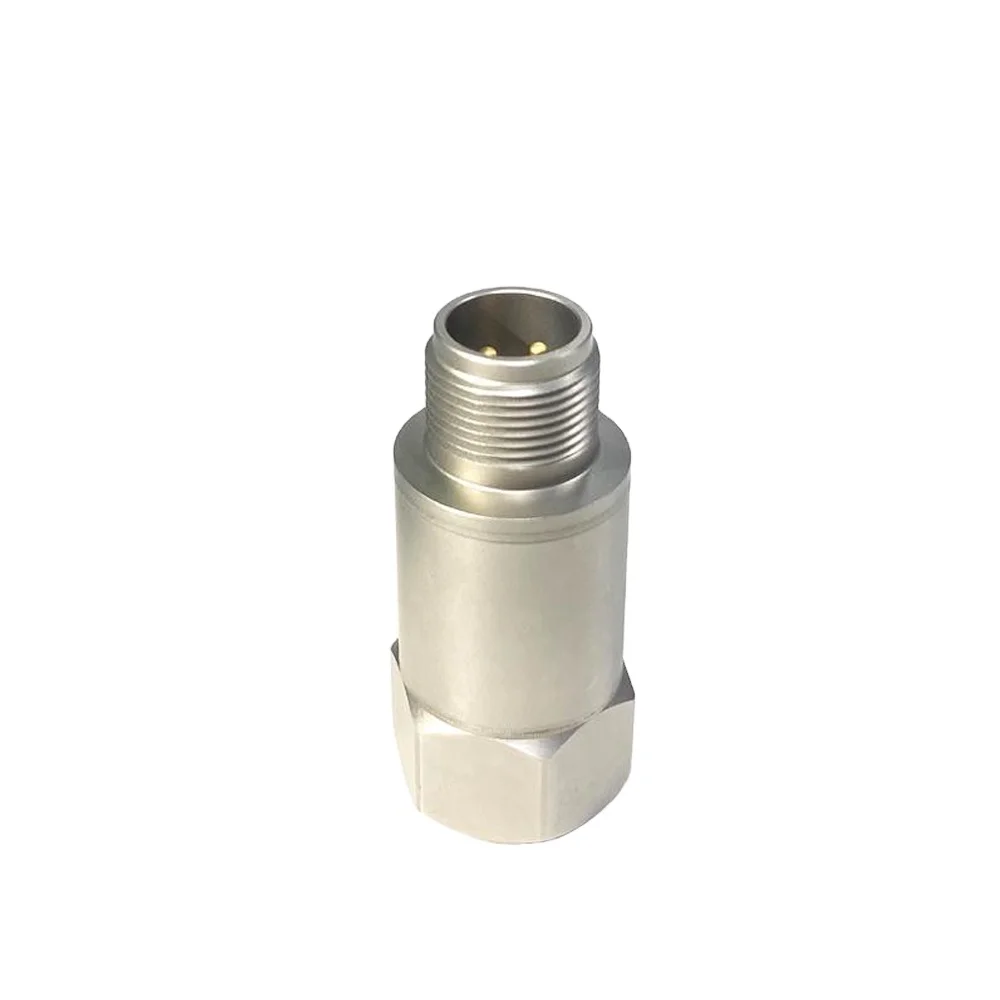
JTLD Charging Tube Pipe Intake Pipe Kit For S55 F80 M3 / F82 F83 M4 Twin Turbo
Price: USD 491.84 - USD 507.05Category: Exterior Accessories
Shop now and enjoy exclusive discounts! JTLD Charging Tube Pipe Intake Pipe Kit For S55 F80 M3 / F82 F83 M4 Twin Turbo. Experience the quality Exterior Accessories!

ANCEL L8000 Automotive EVAP Smoke Machine Dual Mode Diagnostic Leak Tester Built-in Air Pump Car Digital Smoke Leak Detector
Price: USD 321.29 - USD 509.99Category: Car Repair Tool
Shop now and enjoy exclusive discounts! ANCEL L8000 Automotive EVAP Smoke Machine Dual Mode Diagnostic Leak Tester Built-in Air Pump Car Digital Smoke Leak Detector. Experience the quality Car Repair Tool!

China Aluminum Forged Alloy Wheel Concave to Avoid Big Brakes 18 19 20 Inch Wheels
Price: USD 481.94 - USD 507.31Category: Measurement & Analysis Instruments
Shop now and enjoy exclusive discounts! China Aluminum Forged Alloy Wheel Concave to Avoid Big Brakes 18 19 20 Inch Wheels. Experience the quality Measurement & Analysis Instruments!

For Lexus CT200 2017+ Accessorie Intelligent Electric Tailgate Modified Car Trunk Support Rod Tail Door Switch Electric Tailgate
Price: USD 357.70 - USD 511.00Category: Exterior Parts
Shop now and enjoy exclusive discounts! For Lexus CT200 2017+ Accessorie Intelligent Electric Tailgate Modified Car Trunk Support Rod Tail Door Switch Electric Tailgate. Experience the quality Exterior Parts!

Kingshowstar 10Rows Wheel Lights Pure White LED 15inch/17inch 4PCS Wheel Rim Lights Kit For Cars Trucks Off-Road Accessories 12V
Price: USD 456.61 - USD 507.34Category: Measurement & Analysis Instruments
Shop now and enjoy exclusive discounts! Kingshowstar 10Rows Wheel Lights Pure White LED 15inch/17inch 4PCS Wheel Rim Lights Kit For Cars Trucks Off-Road Accessories 12V. Experience the quality Measurement & Analysis Instruments!

Customized Carbon Fiber Steering Wheel With Red Center Strip Perforated Leather Fit For A4 RS7 2012-2016 Auto Accessory
Price: USD 459.52 - USD 510.58Category: Chassis Parts
Shop now and enjoy exclusive discounts! Customized Carbon Fiber Steering Wheel With Red Center Strip Perforated Leather Fit For A4 RS7 2012-2016 Auto Accessory. Experience the quality Chassis Parts!

BR Modification Club Gloss Black Mirror Cover PP Material Rearview Side Mirror Cover For 3 Series E92 2006-2013
Price: USD 462.85 - USD 508.63Category: Exterior Parts
Shop now and enjoy exclusive discounts! BR Modification Club Gloss Black Mirror Cover PP Material Rearview Side Mirror Cover For 3 Series E92 2006-2013. Experience the quality Exterior Parts!

GAT851 MEMS Single-axis Accelerometer Vibration Sensor For Motor
Price: USD 438.47 - USD 509.85Category: Chassis Parts
Shop now and enjoy exclusive discounts! GAT851 MEMS Single-axis Accelerometer Vibration Sensor For Motor. Experience the quality Chassis Parts!
